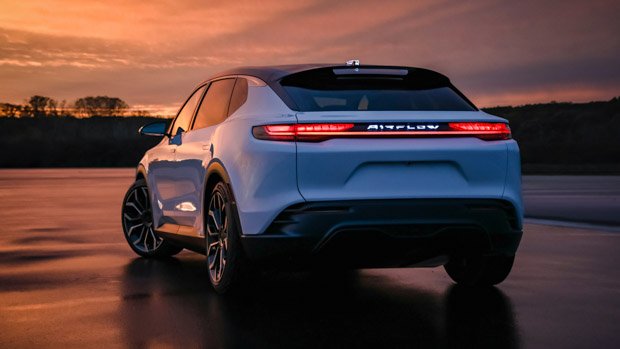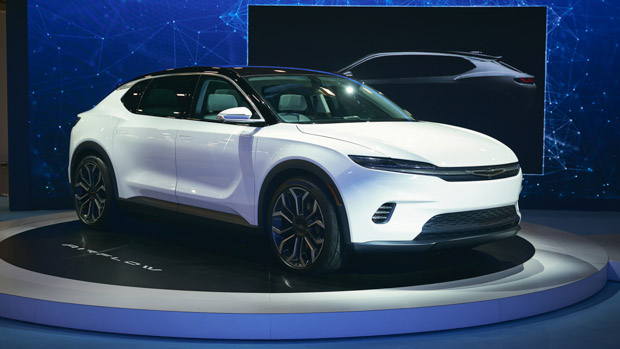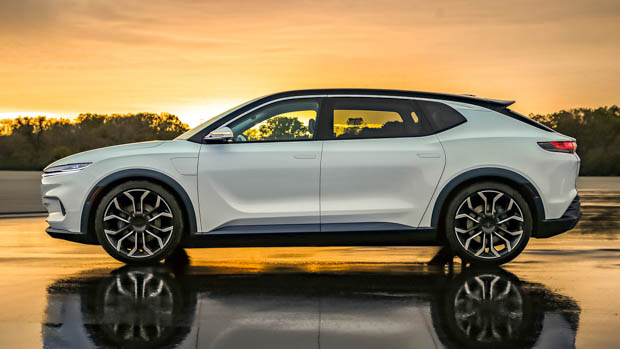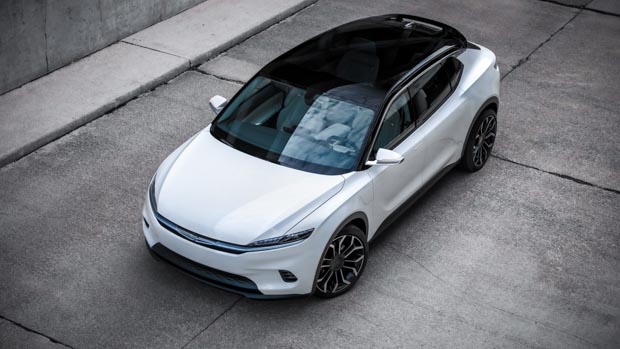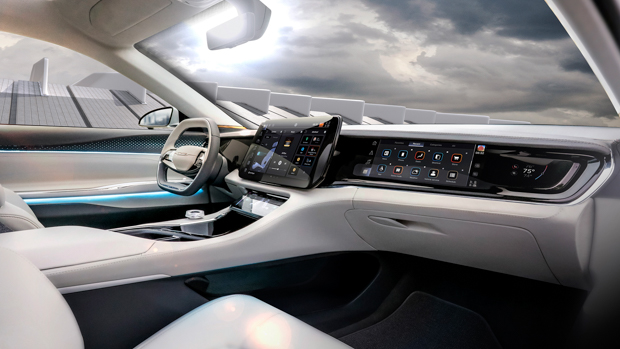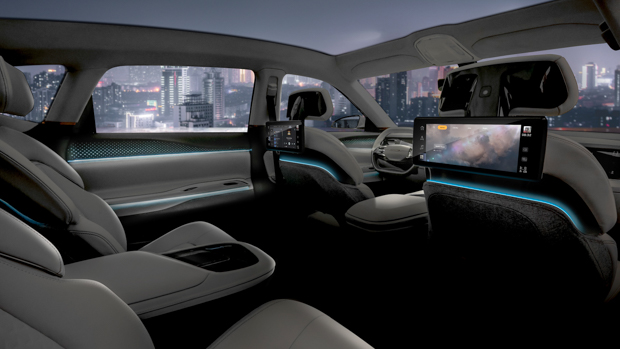-
Car Reviews
- Car News
-
Car Comparisons
Latest comparisons
- Chasing Deals
Just months after Chrysler announced it was pulling out of Australia, the American brand has outlined its future that will be led by a flagship electric SUV
Chrysler has unveiled its first battery-electric vehicle known as the Airflow Concept, showcasing the marque’s potential as its shifts towards an all-electric line-up by 2028.
The Airflow Concept SUV is set to go into production in 2025 and was unveiled at the Consumer Electronics Show (CES) in Las Vegas earlier this week.
The concept sits on a dedicated electric vehicle architecture, known as the STLA platform, that was unveiled last year by Chrysler’s parent company Stellantis as part of a $50 billion investment in EVs.
It remains unclear if the Airflow will come to Australian shores in production form after the Chrysler brand pulled out of our market in late 2021 in part to concentrate its resources on the move from combustion power to a fully electric range in just six years’ time.
The Airflow concept is powered by two 150kW electric motors, with one sitting on the front and rear axle, and features a battery capable enough to propel the SUV up to 644km on a single charge, according to Chrysler.
Chrysler says the chassis is also able to accommodate large electric motors to allow for potential high-performance variants in the future, leaving the door open for an Airflow SRT.
The design of the Airflow Concept is a notable break away from its existing Pacifical people mover and 300 sedan models, instead opting for the popular SUV form factor.
Sharing a name with the original Airflow produced in the 1930s, the new concept mimics the intention of its namesake with a focus on aerodynamics complete with a smooth front fascia and sloped rear end.
Chrysler designers have added huge 22-inch wheels to all four corners and an LED daytime running light that runs through the centre grille and utilises the company logo.
While no figures were quoted, the Airflow Concept is also said to feature expansive interior space, likely thanks to the inherent benefits of a dedicated EV platform with a flat floor.
Designers have made an effort to dial up the luxury inside by opting for leather seats and refining the key touchpoints but kept sustainability in mind by using recycled materials to manufacture elements such as floor mats and the carpet.
As a showcase of what Chrysler and parent company Stellantis has to offer, the Airflow Concept debuts a slew of technology to catch the eye of a new generation of buyers.
This included so-called ‘Level 3’ autonomous driving capabilities that advance further than the ‘Level 2’ capability that controls acceleration/braking and steering – such as on the Tesla Autopilot system.
Level 3 is widely recognised as the moment the driver shifts from being offered ‘support features’ to the car actually driving itself. However, the driver must still be alert and ready to take over at any time.
This is because a car equipped with Level 3 capability is able to make decisions about environmental factors and react accordingly, such as overtaking a slow-moving car.
Chrysler said the autonomous driving capability will be refined over time thanks to over the air updates that will make improvements to the software as needed.
Inside the Airflow Concept there is a heavy focus on technology, with the interior home to a slew of large displays with a distinct lack of buttons found in the interior in favour of a minimalist design.
The array of screens gives technology access not only for the driver and front passenger but both of the rear occupants. With all four positions equipped with a built-in camera designed to hold group video calls and other similar functions.
While the Chrysler brand may no longer be available in the Australian market, its distributor FCA Australia remains active and could open the door for the production version of the Airflow Concept when it launches in 2025.
Latest news
About Chasing cars
Chasing Cars reviews are 100% independent.
Because we are powered by Budget Direct Insurance, we don’t receive advertising or sales revenue from car manufacturers.
We’re truly independent – giving you Australia’s best car reviews.
